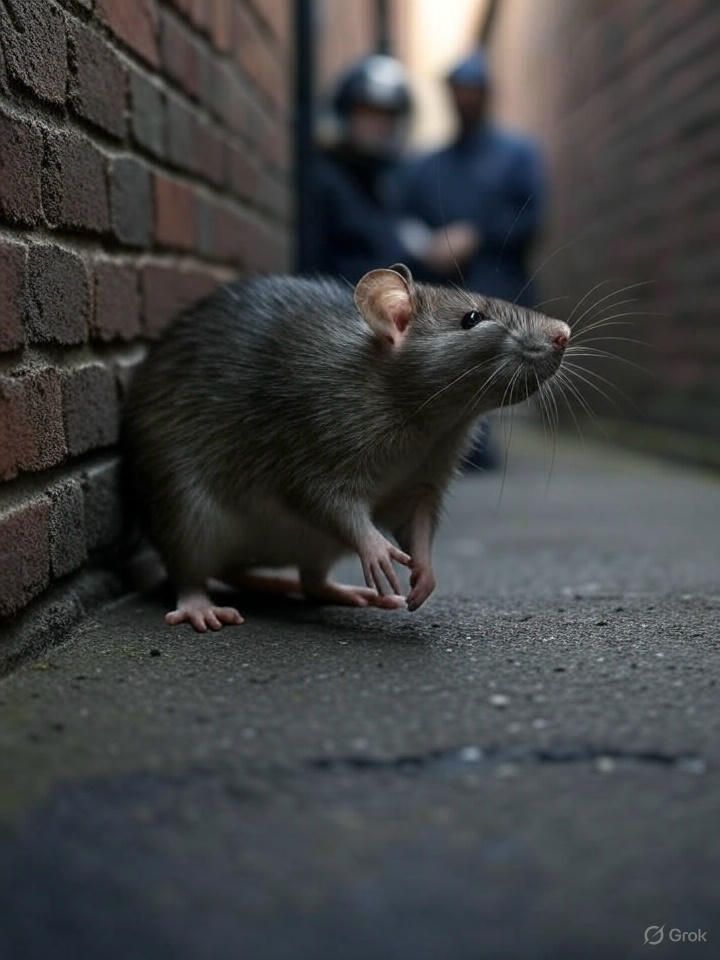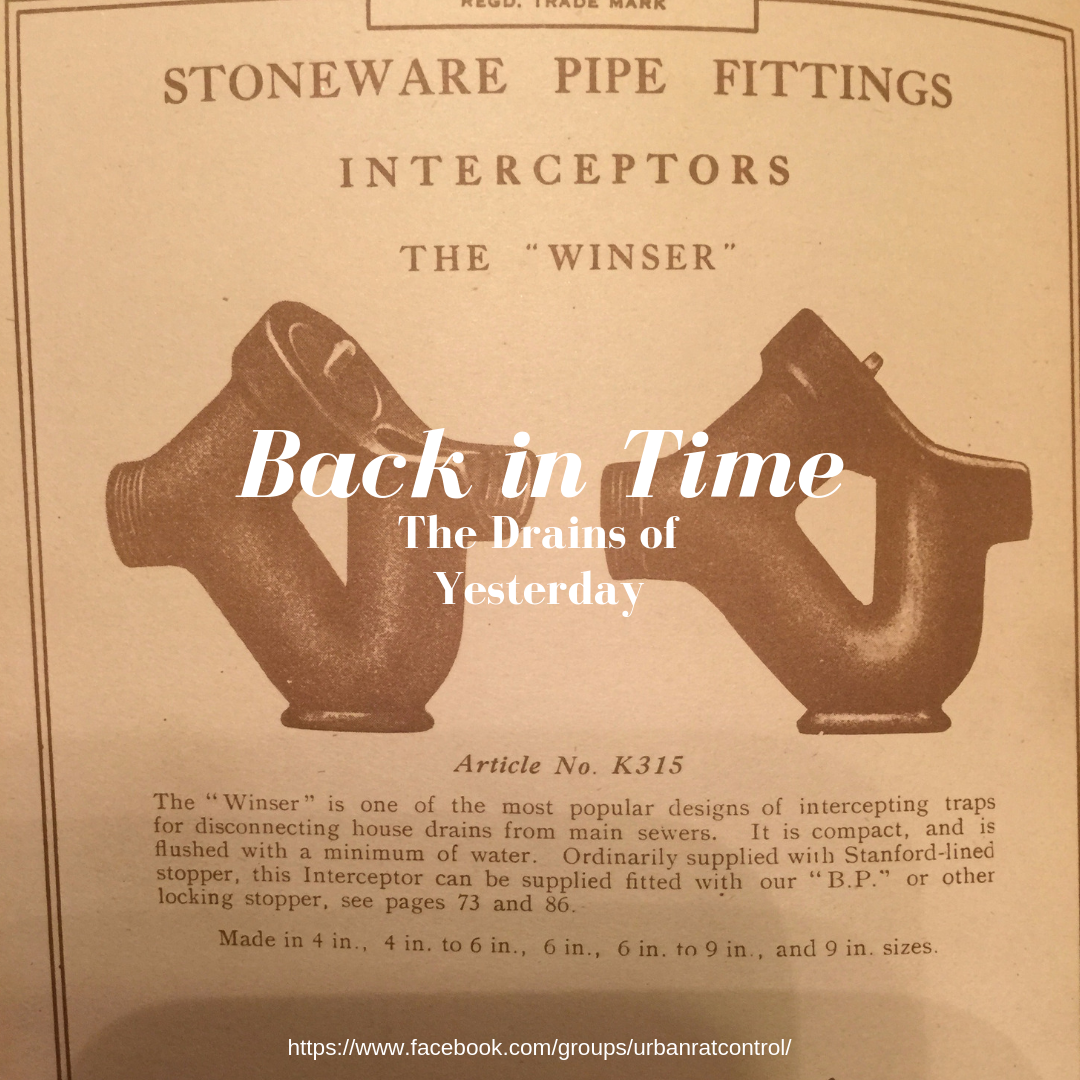Bed Bug Control in Bristol, Bath & Surrounding Areas
Effective Control Of Bedbugs
Say goodbye to bed bugs with Pale Horse Pest Control in Bristol. Our extermination process is safe, efficient and affordable. Don't let bed bugs ruin your sleep. Trust the experts at Pale Horse Pest Control for all your bed bug elimination needs in Bristol and Bath.
Bedbug Control Bristol & Bath
Early Signs of Bed Bugs
Bed bugs always provide signs of activity that a trained expert will immediately spot. Some infestations of bed bugs contain thousands of insects, but most will have just a few dozen. Always take early action and get your property professionally inspected as soon as you possibly can.
Bed Bugs Bites!
A Bed bugs bites leave a legacy of inflammation, intense itching and subsequent scarring! Bed bugs have a bite, where they use a straw like beak to lance through your skin in to underlying blood vessels where they siphon out blood to digest over the coming days and weeks.
Bed Bug Control In Bedrooms
Finding & Treating Bed Bugs
Effective bedbug control in bedrooms requires diligent inspection, thorough cleaning, and the strategic use of pesticide treatments to eradicate these pesky invaders.
Do Bed Bugs Affect Your Sleep?
Bedbugs can severely disrupt sleep by causing itchiness and discomfort from their bites, as well as inducing stress and anxiety over their presence in the bedroom.
Contact Us
Eliminate bed bugs with Pale Horse Pest Control’s safe, fast, and affordable extermination services in Bristol, Bath, and across the UK. Book a free inspection today!
Why Choose Pale Horse for Bed Bug Removal?
Bed bugs are a growing issue in Bristol homes, flats, and hotels, especially in areas like Clifton, Stokes Croft, and Bedminster. Our expert technicians use advanced, eco-friendly methods like heat treatments and residual sprays to eradicate bed bugs efficiently. Serving Bristol, Bath, Clevedon, Portishead, and beyond, we ensure your home is bed bug-free.
- Safe Treatments: Child- and pet-friendly solutions.
- Fast Response: Same-day inspections in Bristol and Bath.
- Affordable Pricing: Transparent costs with no hidden fees.
What Are Bed Bugs?
Bed bugs (Cimex lectularius) are small, blood-sucking parasites, 1-5mm in size, that feed on humans at night. Found in mattresses, headboards, and furniture seams, they can cause itchy bites, allergic reactions, and stress. In Bristol’s urban areas, infestations are common in rentals and student housing.
Bed bugs can survive months without feeding, making professional intervention critical. DIY attempts often fail, costing time and money while risking health issues like infections or scarring from bites.
How Do Bed Bugs Spread in Bristol?
Bed bugs often arrive in Bristol homes via:
- Travel: Luggage or clothing from hotels, hostels, or Airbnbs.
- Second-Hand Furniture: Infested beds or sofas, common in Southville or Easton markets.
- Neighbours: Migration through walls in terraced houses or flats in St Pauls or Eastville.
- Visitors: Guests unknowingly carrying bed bugs.
September and October are peak seasons for infestations due to summer travel. Regular inspections in areas like Fishponds or Filton can prevent costly outbreaks.
Signs of a Bed Bug Infestation
Spot bed bugs early to avoid a full-blown infestation. Look for:
- Bites: Red, itchy welts on the face, neck, arms, or ankles.
- Blood Stains: Small spots on sheets from bites or crushed bugs.
- Droppings: Grey-brown specks (digested blood) on mattresses or headboards.
- Shed Skins: Tiny, translucent exoskeletons in cracks or seams.
- Live Bugs: Reddish-brown (fed) or orange (unfed) bugs, the size of an apple seed.
Check mattress seams, bed frames, and curtain folds, especially in Bristol rentals or hostels. Light-coloured bedding helps spot bugs easily.
Health Risks of Bed Bugs
Bed bug bites can cause:
- Itchy Rashes: Maculopapular rashes that may scar or become infected.
- Allergic Reactions: Severe cases mimic eczema or psoriasis.
- Mental Stress: Anxiety or insomnia from infestations.
- Rare Cases: Anaemia in infants from excessive blood loss.
While bed bugs in the UK rarely transmit diseases, their bites can lead to medical issues requiring professional care. Early treatment by Pale Horse prevents escalation.
Our Bed Bug Removal Process
Our integrated pest management approach ensures complete elimination:
- Inspection: Thorough checks of beds, furniture, and cracks in Bristol homes.
- Treatment: Heat treatments, residual sprays, and insect growth regulators (IGRs) tailored to your property.
- Monitoring: Follow-up visits to ensure no resurgence.
- Prevention: Tips like mattress encasements and luggage checks.
We’ve successfully treated infestations in Bristol areas like Stokes Croft and Frenchay, ensuring peace of mind.
Case Study: Bristol Bed Bug Infestation
In 2024, we tackled a severe infestation in a St Annes flat. An elderly tenant was hospitalised with dozens of bites after painting a vacant rental. Our team used residual insecticides and heat treatments, clearing the property in three visits.
We later found the adjoining flat was also infested, highlighting the need for thorough inspections in Bristol’s terraced homes.
Lesson: Early action prevents health risks and costly treatments.
10 Steps to Prevent Bed Bugs
- Vacuum mattresses, bed frames, and floors regularly.
- Wash bedding at 60°C and dry on high heat.
- Inspect second-hand furniture before bringing it home.
- Use bed bug-proof mattress and pillow encasements.
- Check luggage after travel, especially in Bristol hotels.
- Seal cracks and crevices in walls or furniture.
- Use a steam cleaner on upholstery and seams.
- Apply diatomaceous earth in high-risk areas.
- Install bed bug monitors for early detection.
- Book professional inspections annually in areas like Patchway or Bradley Stoke.
FAQs About Bed Bugs in Bristol
How long does bed bug treatment take?
A single treatment can significantly reduce infestations, but full elimination may require 2-3 visits over a month, depending on severity.
Are bed bug treatments safe?
Yes, our eco-friendly methods are safe for children, pets, and Bristol households.
Why are bed bugs common in Bristol?
High population density, student housing, and tourism in areas like St Pauls and Easton increase infestation risks.
Serving Bristol, Bath, and Beyond
We provide bed bug control in Bristol (Clifton, Stokes Croft, Bedminster, St Pauls, Eastville, Fishponds, Frenchay, Filton, Westbury, Stoke Bishop, Stoke Park, Southville, Long Ashton, Patchway, Bradley Stoke), Bath, Clevedon, Portishead, St Annes, and Sneyd Park. Contact us for fast, reliable service.
Book Your Free Bed Bug Inspection Today
Our Latest Pest Control Blog Posts From Our Bristol & Bath Pest Control Team
Interested in our pest control services? We’re here to help!
We want to know your needs exactly so that we can provide the perfect solution. Let us know what you want and we’ll do our best to help.


